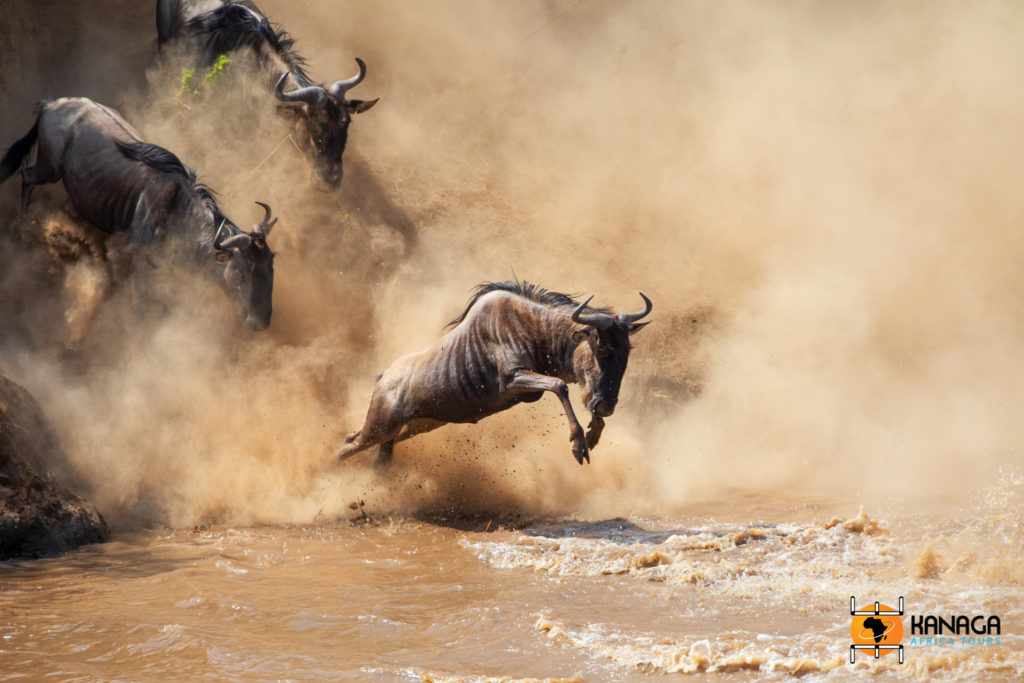To visit Tanzania’s main national parks during the migration season is one of the most intense emotions that the African continent can offer. Not just a safari, but a unique experience in the world, in close contact with the wildest and most exuberant nature of the myriad herds of herbivores that seasonally plough these sun-drenched and windswept savannahs, expanses bathed in light and overwhelmed, in the truest sense of the word, by the rhythms of migration.
If the sightings of the so-called “big five” – elephants, lions, leopards, rhinos and buffaloes – are the most sought-after in the success of any self-respecting safari, on an emotional level, being able to observe the passage of thousands and thousands of large herbivores, which cover the vast expanses of grass as far as the eye can see, is a unique experience that will involve all the senses and will remain etched in the memory forever.
Created in 1951 by the British colonial administration to preserve the extraordinary ecosystem of the endless grasslands and plateaus around the Ngorongoro caldera, the Serengeti Park, a UNESCO World Heritage Site, is the centrepiece of a series of protected areas and national parks. An essential base of Tanzania’s economy, it attracts thousands of visitors every year, eager to observe the extraordinary flora and fauna of these wild lands, but above all to witness the incredible and scenic phenomenon of the world’s largest migration of zebra and wildebeest, which move in symbiosis each year, depending on the cyclical nature of the rains, following a circular route south in October, between the borders of Kenya and Tanzania, crossing the Mara River, to ascend north around April. Millions of wildebeest and zebra move in herds, traversing the savannahs between the Masai Mara reserve, the Serengeti park and the protected areas around Ngorngoro, in scenery that one would expect to see only in television documentaries. It is an itinerary that is not without its pitfalls, during which the felines lurking in the vegetation, or the crocodiles waiting in the waters of the river, impatiently await their lucrative seasonal meal. A brief distraction for a young wildebeest and its mother, or a weakened zebra lagging behind the herd, and a leopard or lion find their easy prey. Once the most appetizing and substantial parts of the entrails have been consumed, the abandoned carcass becomes the banquet of the so-called “scavengers of the savannah“, the hyenas and the vultures.
“The harsh law of nature”, a phrase that paints a picture par excellence of the wildlife life cycles within the great parks, in seasonal scenarios that allow the wilderness to preserve itself and the pastures to continually regenerate after being razed to the ground by migratory passage. Extraordinary ecosystems, of which the Senergeti is the treasure trove par excellence, but not the only one.
A multitude of zebras, lions, wildebeests, felines, buffaloes, elephants and giraffes can be observed among the expanses dotted with acacias and baobabs in Tarangire Park or inside the immense caldera of the spectacular Ngorongoro (UNESCO World Heritage Site) and a must to reach the Serengeti, which preserves a fertile blanket of grassland, with the permanent Magadi Lake inside the main crater, allowing the survival of numerous species, even those not subject to migration.
Large numbers of black rhinos, elephants, hyenas, lions and gazelles, while the pools and lakes are home to hippos and crocodiles, as well as pink flamingos. A wildlife unique in the world, in breathtaking landscapes, visible in all their boundless beauty from the top of the spurs of the Ngorongoro volcano. Ancient lands, rich in fossils and hominid remains, hidden in the ravines of Olduvai Gorge, the “cradle of humanity”, and today the home of the Maasai people.
But the centre and south of Tanzania are also rich in wildlife, including the immense Selous Reserve, also a UNESCO World Heritage Site, larger than Switzerland, or within the Ruhaha Park, two areas that offer some of the liveliest sightings in the country, in extremely varied environments and ecosystems rich in water, due to the presence of a complex network of river streams, the main ones being the Rufiji and Ruhaha.
Crocodiles and hippos, giraffes, lycaons, hippodragons, zebras, buffaloes, sitatungas, lions, leopards, cheetahs and rhinos find their natural habitat in these generous lands, whose altitudes range from a few metres to 1,200 metres above sea level. They are also home to 350 species of birds and 2,000 varieties of inflorescences, but above all the two most important sanctuaries in the world for elephants.







